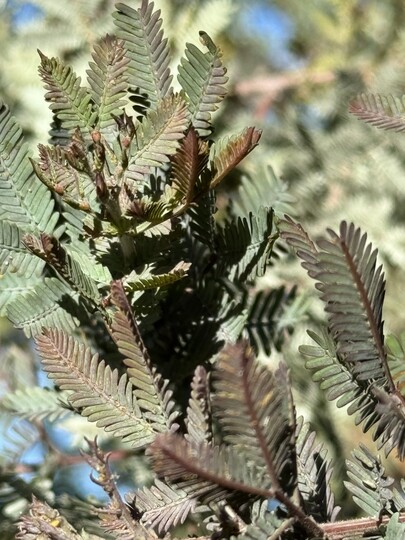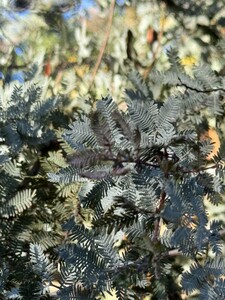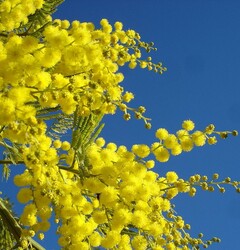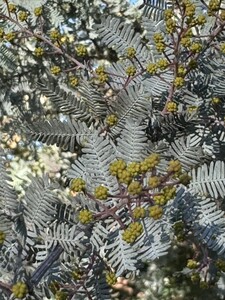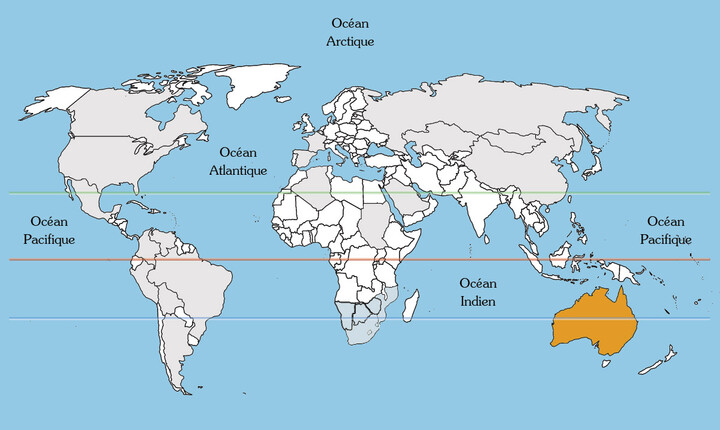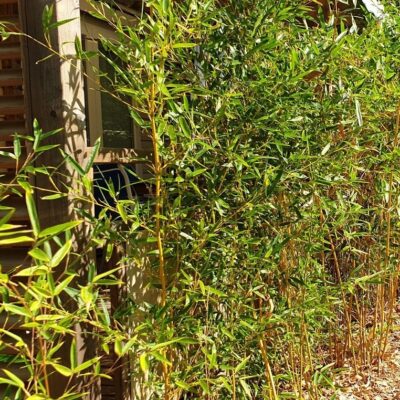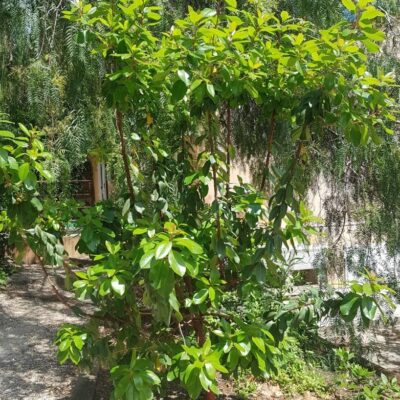Mimosa de Bailey
Presentation
Its splendour lights up the South of France
Every year, when winter begins to fade and the first signs of spring start to emerge, Provence and, in particular, our beautiful Var area, French Riviera-Côte d’Azur, are magicked into a dazzling show of colour thanks to a very special plant: Golden Mimosa. Native to Australia, this tree adorned with bright yellow flowers has become an icon of the region, bringing a touch of light and warmth to the Mediterranean’s winter landscapes.
Golden Mimosa, also referred to as Bailey’s Wattle or “Winter Mimosa” in French due to its early flowering period, blooms into clusters of fragrant flowers as early as January, lighting up the alleys and pitches of our four-star campsite Les Jardins de La Pascalinette ® in La Londe. Its gorgeous bunches of yellow flowers, delicately arranged along the branches, create striking contrasts with the azure skies of the Côte d’Azur and deep green foliage of the tree.
The king of the Maures hills
Celebrated at many local heritage festivals, Golden Mimosa with its deliciously sweet and heady scent, is a feast for both the eyes and the senses. Locals and visitors alike flock to Bormes-les-Mimosas and the surrounding villages to admire the trees in flower and take part in the region’s many flower parades, flower shows and cultural events dedicated to this wonder of nature.
Over and above its aesthetic beauty, Golden Mimosa plays a crucial role in the local ecosystem, providing food and shelter for many animal species, including bees and butterflies. What’s more, its hardy wood is used in various local industries, including carpentry and perfumery.
Identity
| Latin name : | Acacia baileyana purpurea |
|---|---|
| Family : | Mimosacea |
| Genus : | Acacia |
| Species : | baileyana |
| Color : | Blue to purple leaves – bright yellow flowers |
| Subspecies : | purpurea |
| Origin : | Australia |
| Foliage : | Evergreen |
| Port : | Shrub |
| Height : | 6 m |
| Flowering : | January-February |
Did you know?
Golden Mimosa foliage is often used by florists to add an ornamental touch to flower arrangements.

